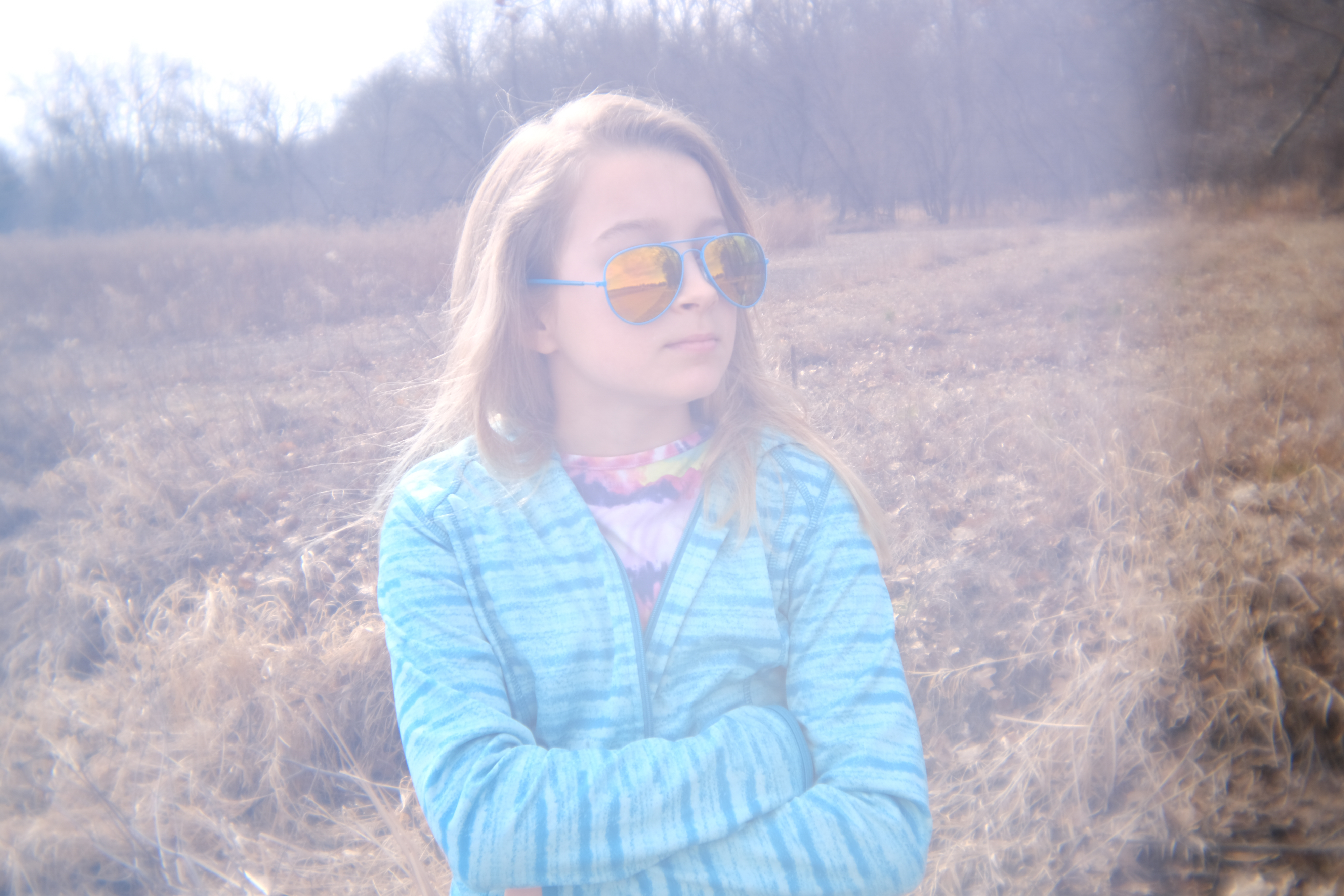The best full frame cameras: from budget buys to high-end pro cameras
These are the best full frame cameras on the market right now, whether you're just starting out or upgrading your current kit
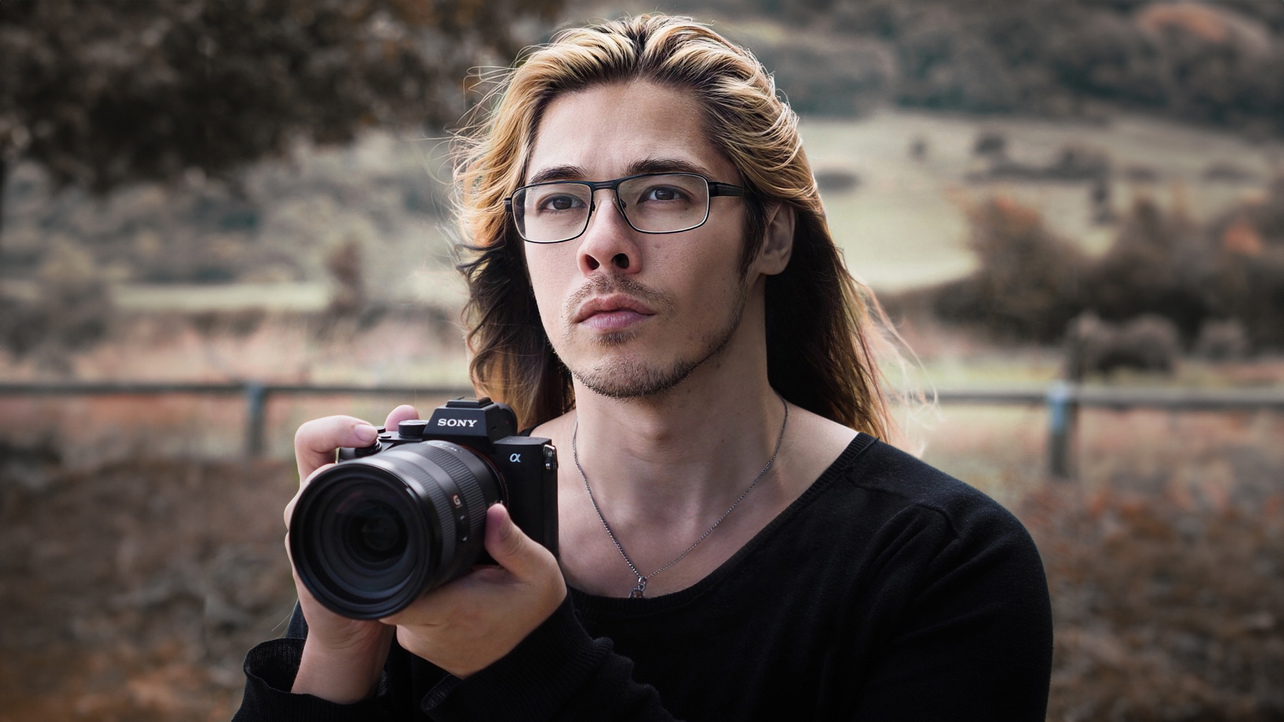
In many ways, the best full-frame cameras – whose sensors are the same size as 35mm film – represent the peak of image-making technology. Canon, Nikon and Sony stack their top models with their cutting-edge features, from neural net processing and algorithmic autofocus to super-high resolution and ultra-fast burst speeds.
The best full-frame cameras offer other advantages, too. Their image sensors possess larger individual photosites (pixels) than APS-C and Micro Four Thirds cameras, meaning better low light performance, greater dynamic range and less noise. Another big bonus of a 35mm sensor is that you get dreamily shallow depth of field, too.
While full frame bodies traditionally come with a high price tag, they don't have to be expensive; both the Canon EOS R8 (one of my picks for this guide) and the Nikon Z5 both offer great performance at a great price. I haven't included flagship cameras here, because they're super specialist and super pricey (check out my guide to the best cameras for sports photography for those), but this guide is a good cross-section of full framers for most folks.
So, whether you're a working pro or a weekend hobbyist, these are the best full frame cameras I recommend right now…
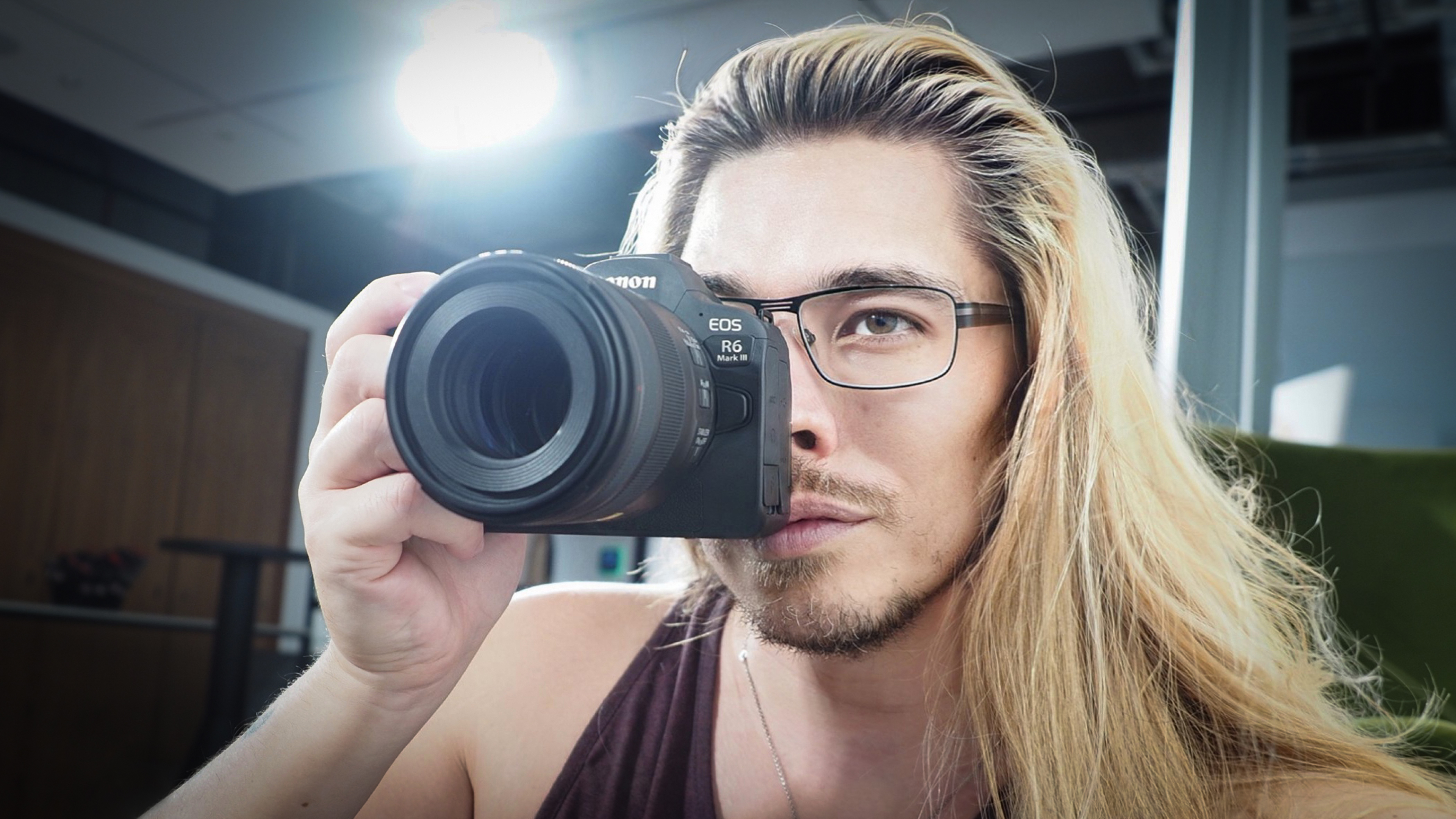
I've been shooting full frame since the 35mm film days (my first ever camera was the Canon AE-1!) and as an early adopter I'm lucky enough to have used almost every full frame mirrorless camera ever made. I've reviewed all the latest flagship models from Canon, Nikon and Sony, and I use my full-frame bodies for both personal and paid work, – so I've got a lot of miles on the full frame camera clock!
Best full frame cameras: my top picks
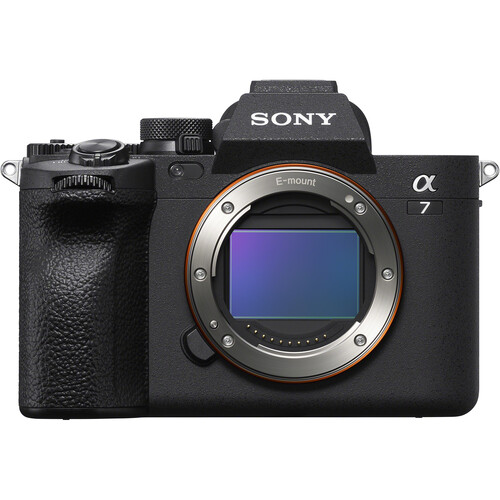
The A7 III was one of the most successful "everyman cameras" of all time – and the A7 IV signals a step up in ambition for the series, offering world-class photo and video specs – perfect if you shoot a bit of everything.
Read more below
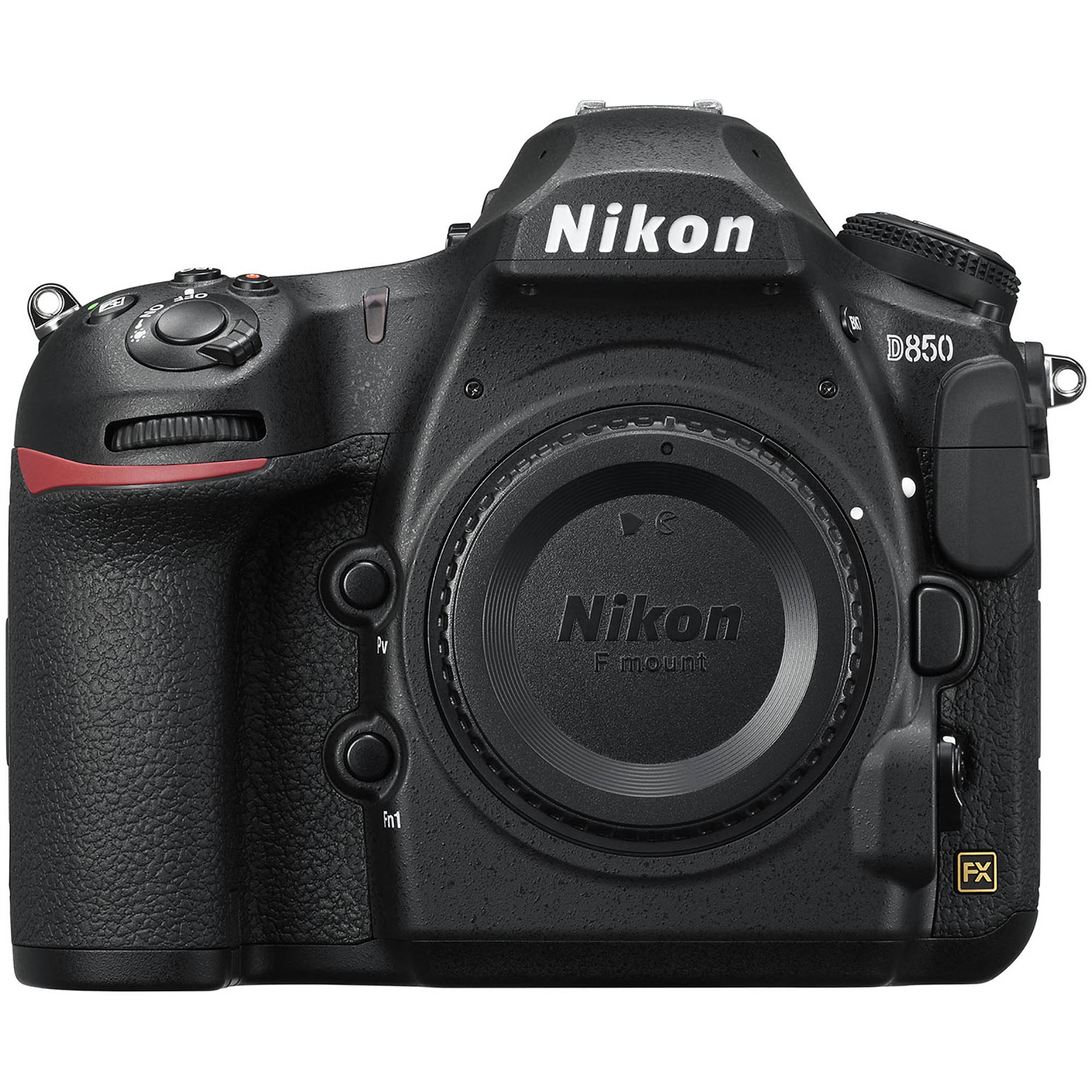
The Nikon D850 is a big bruiser of a camera compared to the new Nikon Z models, but this is one of my favorite DSLRs of all time, and this size works in your favor if you're shooting with big, heavy lenses.
Read more below
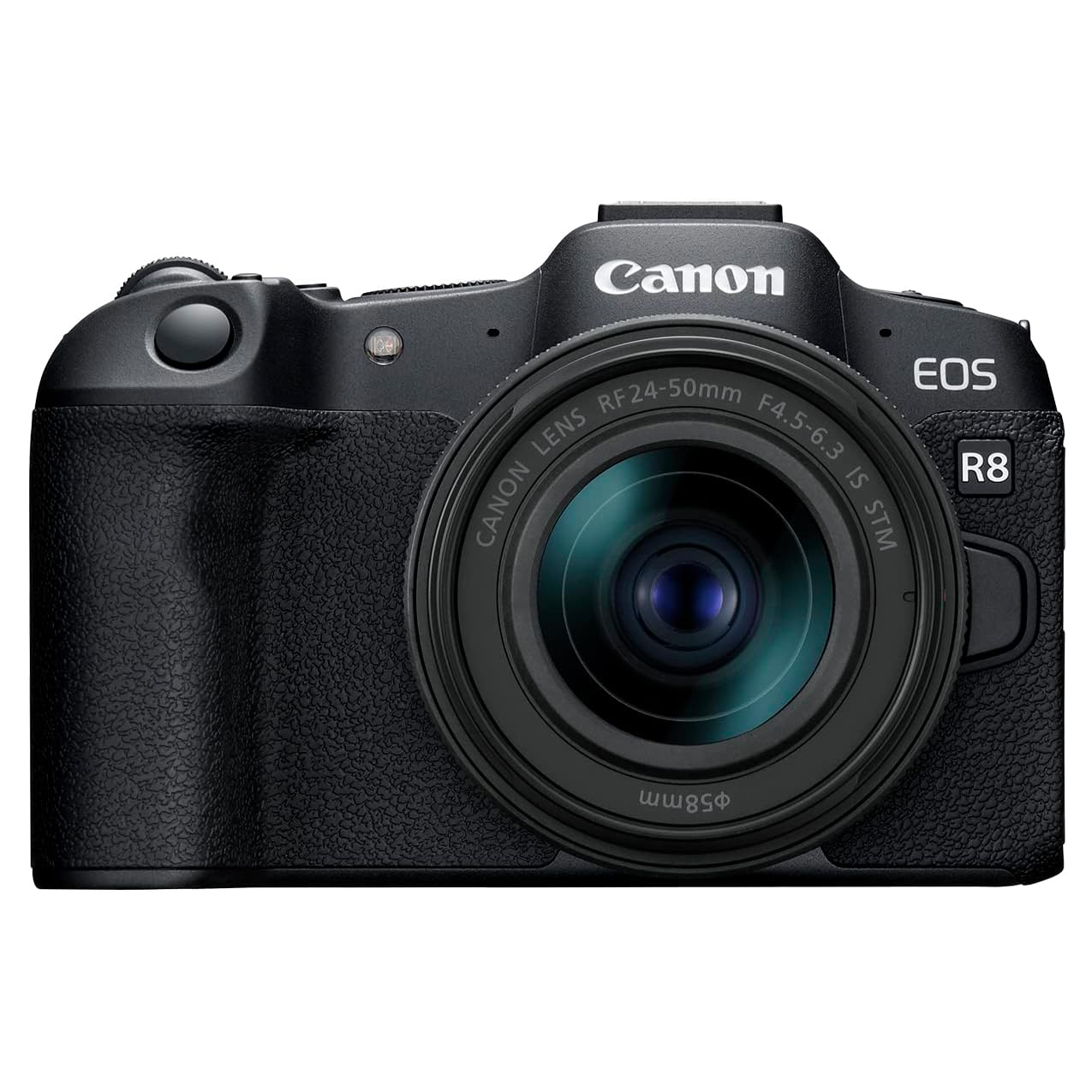
This camera offers ridiculous bang for buck. Its 24.2MP sensor is capable of 40fps bursts, 4K 60p video, is backed by Canon's market-leading autofocus system, and the body also features a fully articulating touchscreen.
Read more below
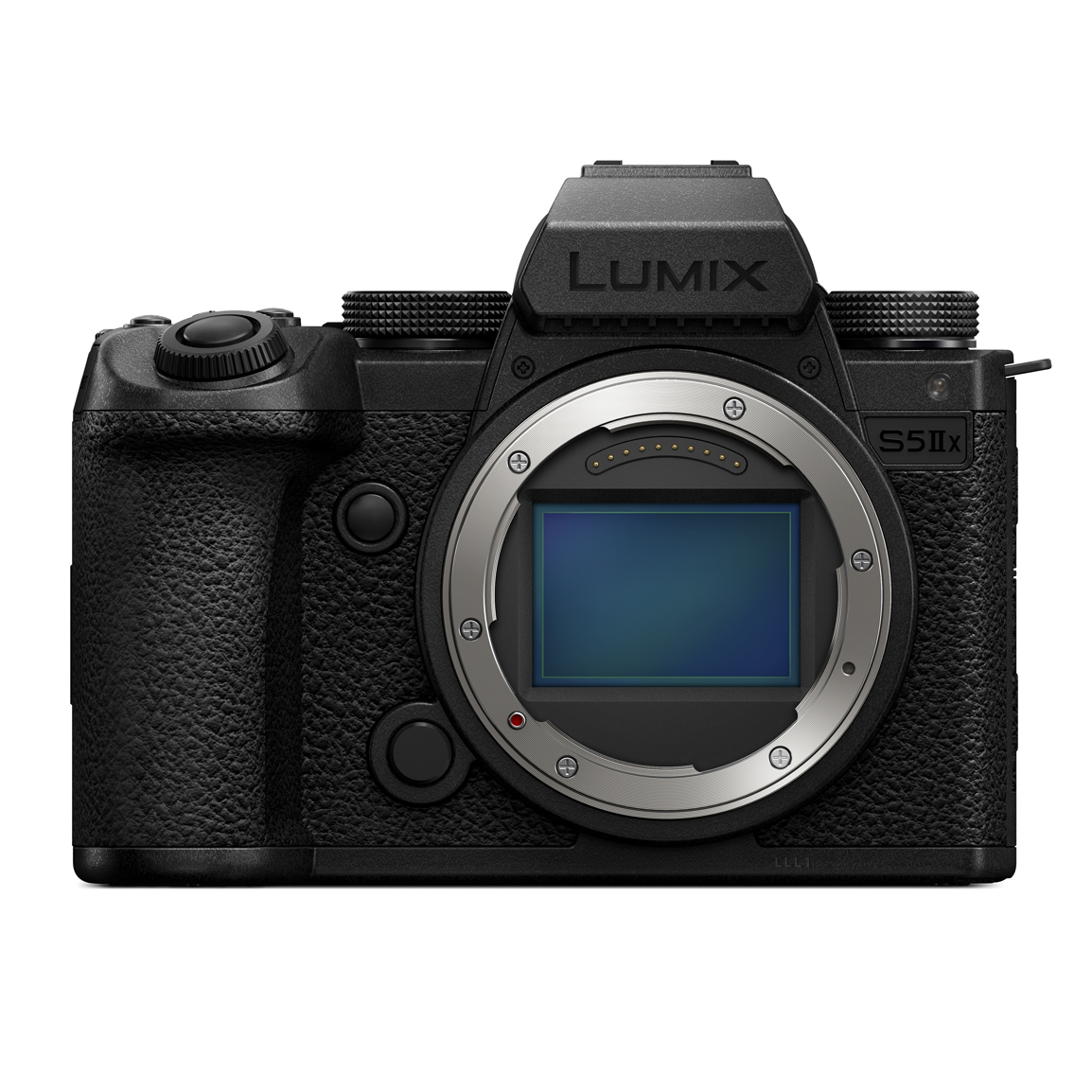
Panasonic has carved a niche for itself as the go-to brand for mirrorless video, and the S5 IIX takes that to a whole new level with phase detect autofocus, 6K 30p open gate, ProRes and ProRes RAW support and more.
Read more below
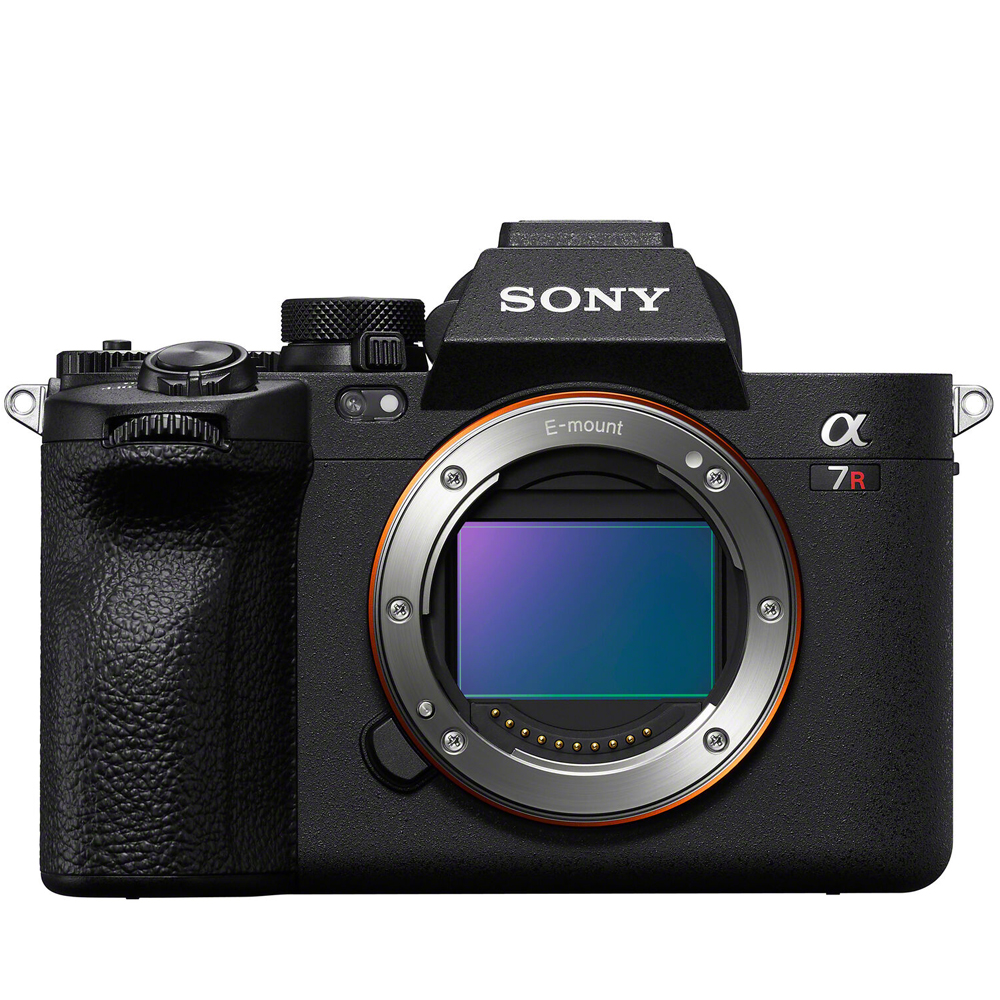
Other brands offer 60MP cameras, but Sony's makes the most of its resolution with 240MP imaging available via pixel-shift and 10fps burst shooting powered by the company's first dedicated AI autofocus processor.
Read more below
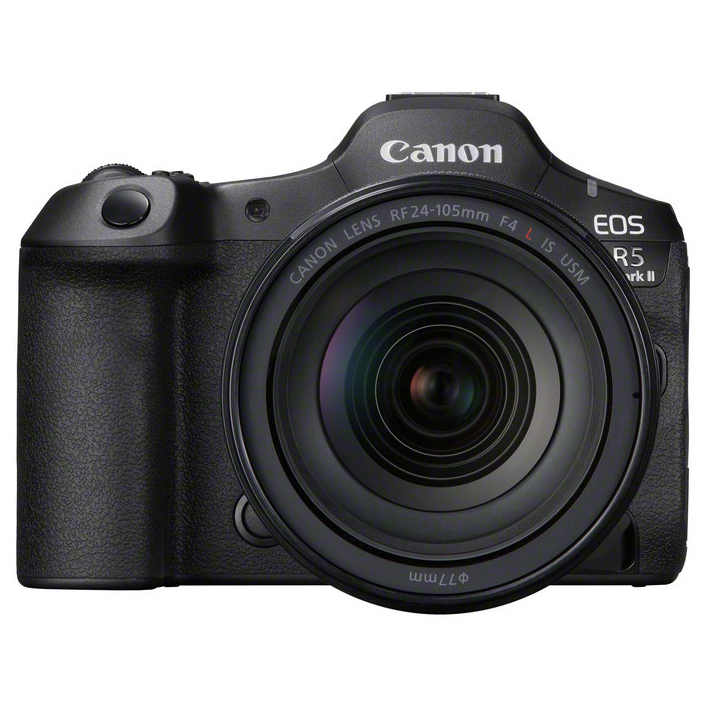
This camera does everything a pro could want with its 45MP sensor, 180MP photos via in-body upscaling, 30fps bursts, 8K 60p video, AI-powered predictive autofocus, 8.5 stops of stabilization… it's a monster.
Read more below
Best full frame cameras
Why you can trust Digital Camera World
Best all-rounder
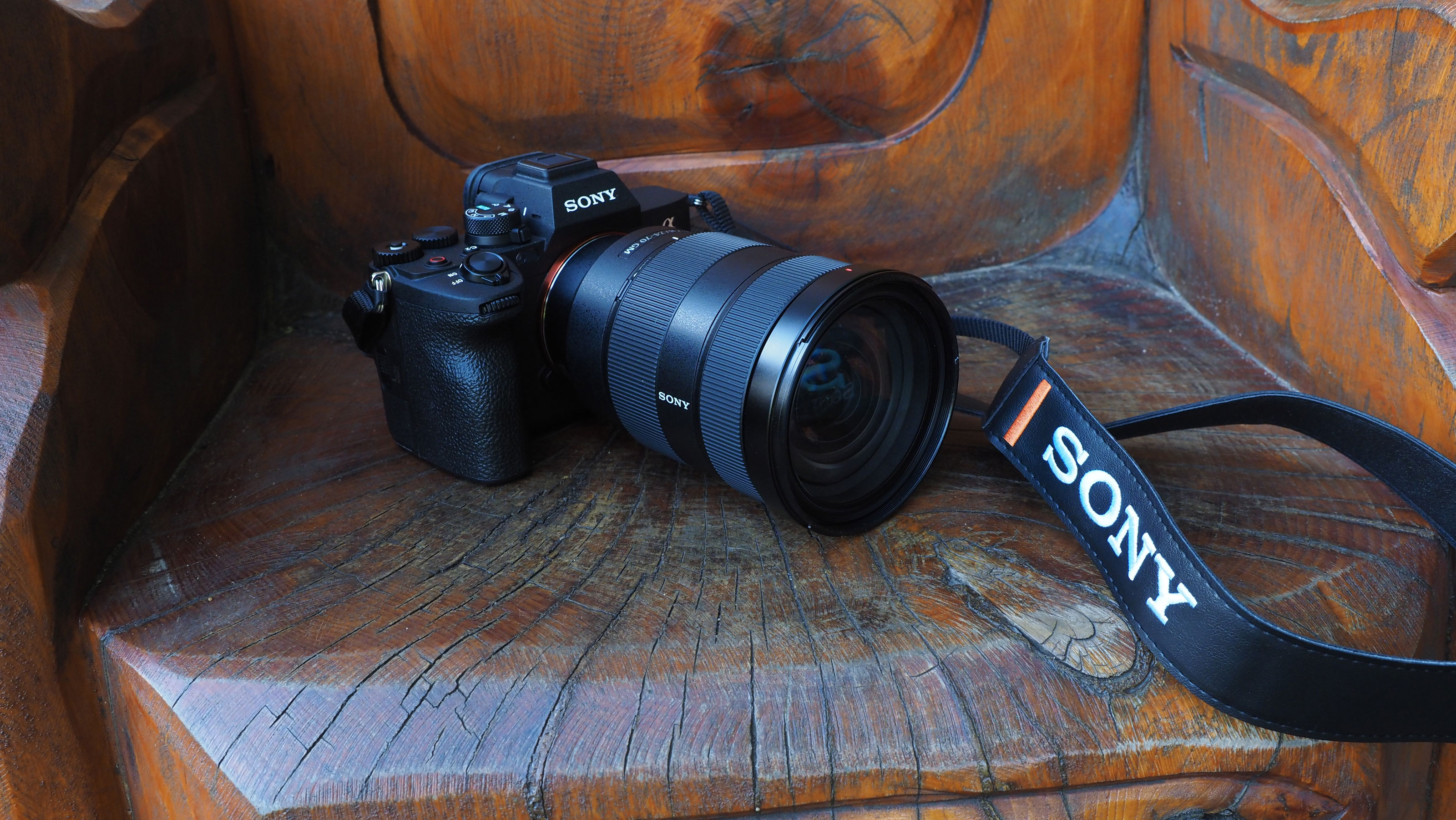
Specifications
Reasons to buy
Reasons to avoid
Released in 2021, the Sony A7 IV marked a step up for Sony's "vanilla" A7 product line, taking it from its historical entry-level status to a camera that definitely aims at a more advanced – and more diverse – audience.
Its 33MP sensor offers great resolution for stills as well as 4K 30p for video. (It does offer 4K 60p, too, but only with miserly a Super35 crop.) For fast action and sports, it boasts a serviceable 10fps for continuous shooting with a nice deep buffer, and it's powered by Sony's brilliant phase detect autofocus system.
The body boasts a fully articulating touchscreen, which is great for shooting stills and video at all angles, and it also features dual memory card slots (one CFexpress Type A and one standard SD) for peace of mind while shooting.
Read our full Sony A7 IV review
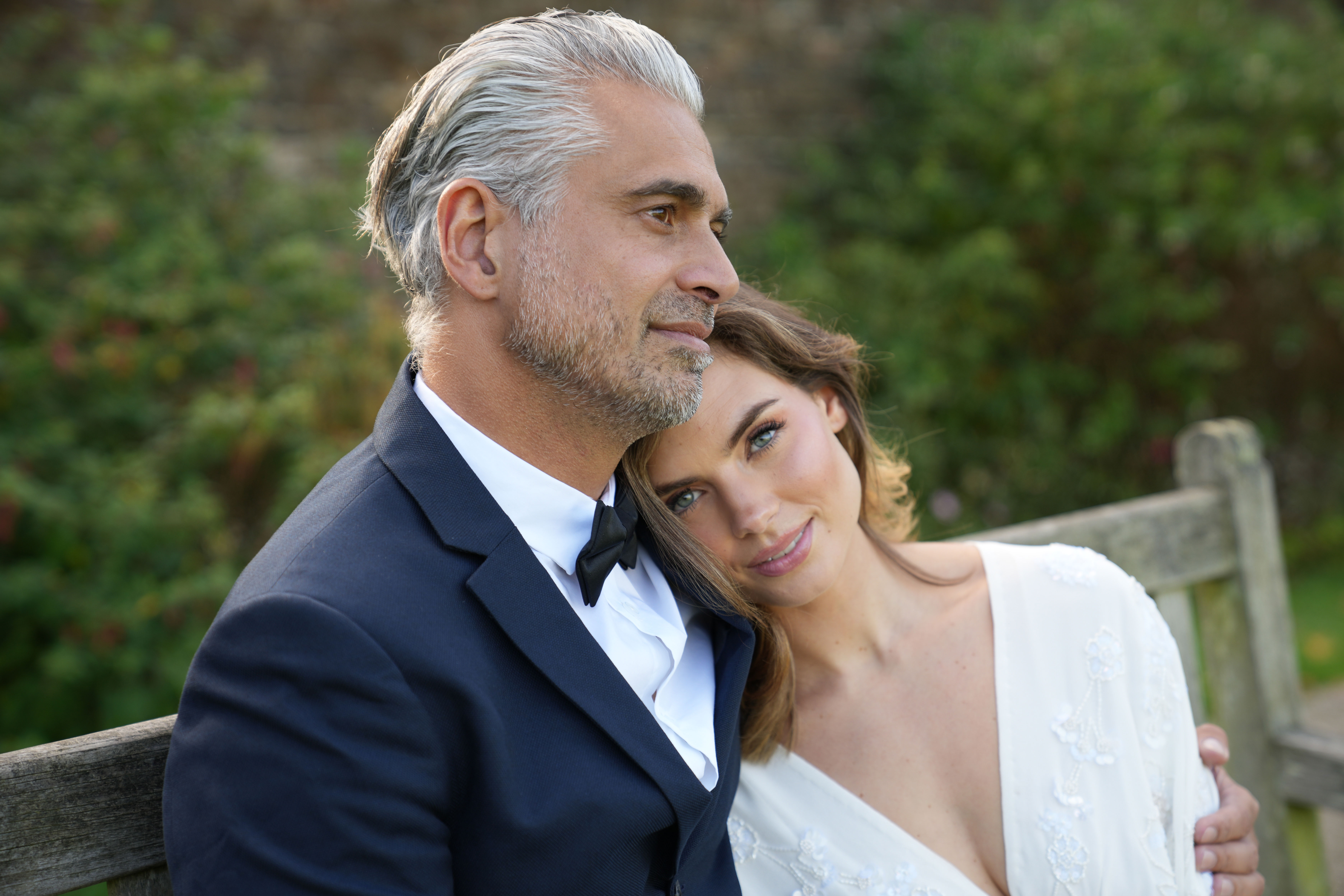
Best DSLR
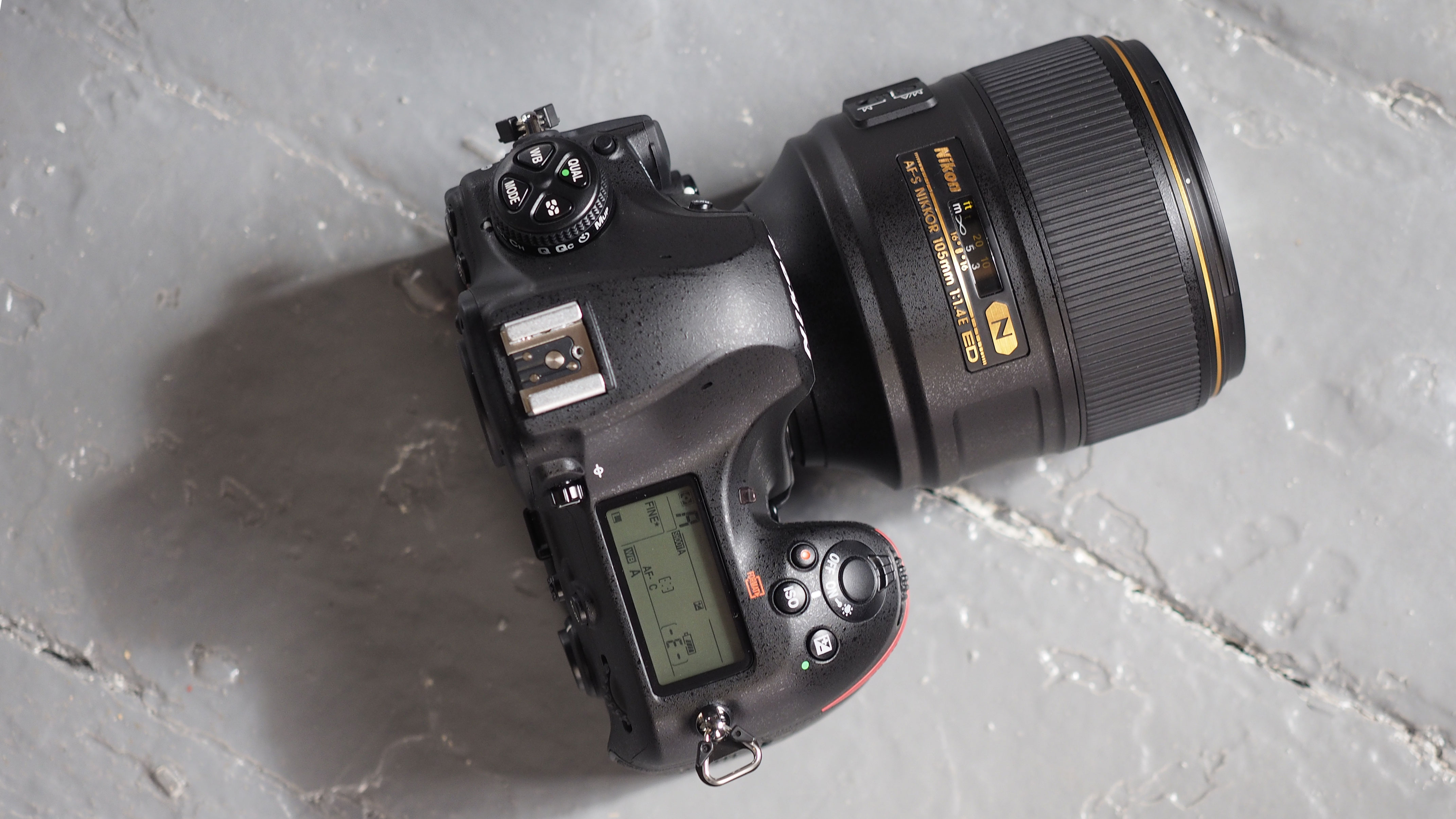
Specifications
Reasons to buy
Reasons to avoid
The Nikon D850 is certainly a big bruiser of a camera compared to most mirrorless models, but its arguably the best DSLR ever made – and the size actually works in your favor if you shoot with big, heavy lenses, as they balance better on a chunky DSLR body. This is a handling factor that many mirrorless users don't always take into account.
The D850 has a bright, clear optical viewfinder that some photographers still prefer over an electronic finder, no matter how good. Its 45.7MP sensor still produces images as superb as ever, and can shoot bursts at 7fps – or 9fps with the optional battery grip.
Even without the grip, this camera has an amazing battery life of 1,840 shots – far more than any mirrorless rivals – and you'll be able to shoot to your heart's content with dual CFexpress Type B and SD card slots. If you're still married to the mirror, this is the camera I would go for.
Read our full Nikon D850 review
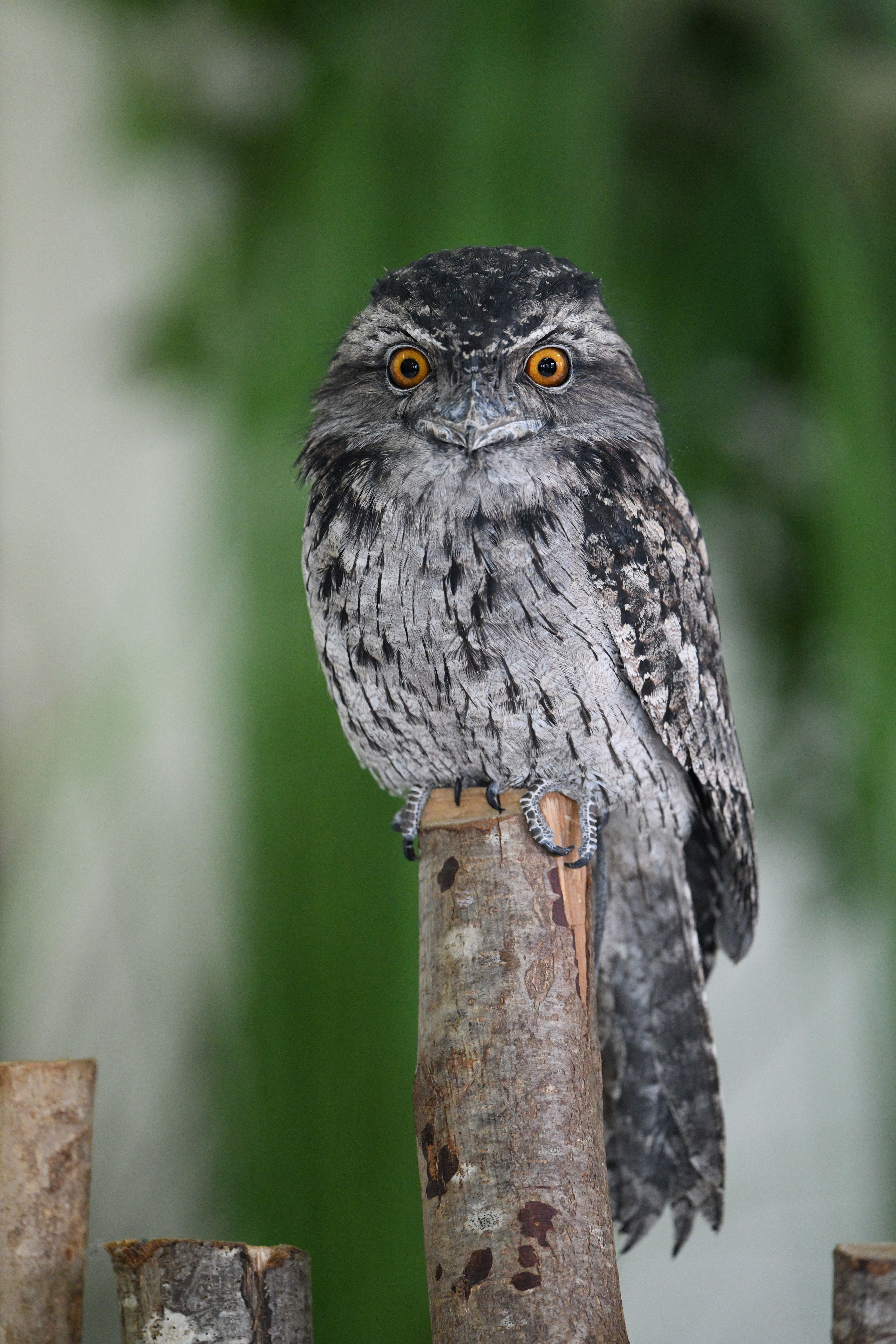
Best value
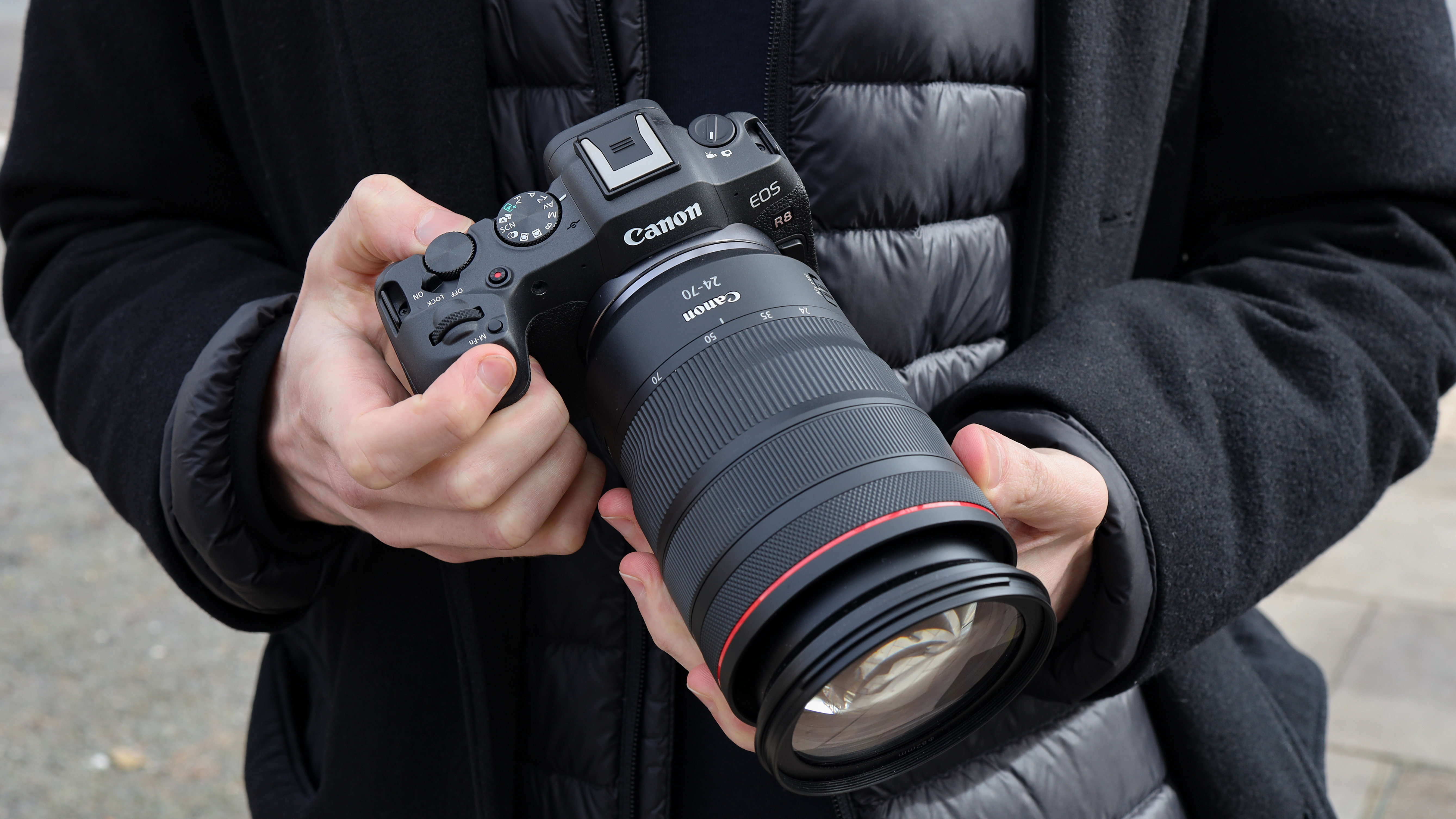
Specifications
Reasons to buy
Reasons to avoid
Before Canon released the EOS R8, I always recommended the Nikon Z5 as the best budget buy for full frame. However, everything the Z5 does is done better by the R8 – which is quite simply a camera that has no business being this good, at this price.
Its 24.2MP sensor delivers great image quality, but it offers so much performance for the price – including 4K 60p video (and where the Sony A7 IV is compromised with
a crop, here it's actually oversampled from 6K), blistering 40fps bursts (matching the speed of the flagship Canon EOS R1!) and Canon's incredible Dual Pixel CMOS AF II autofocus system.
The only "downsides" are the lack of a second memory card slot, no joystick and no in-body image stabilization – though you wouldn't expect these things on a budget camera, so I don't really see them as negatives. I'm blown away by what Canon has been able to pack in for the price!
Read our full Canon EOS R8 review
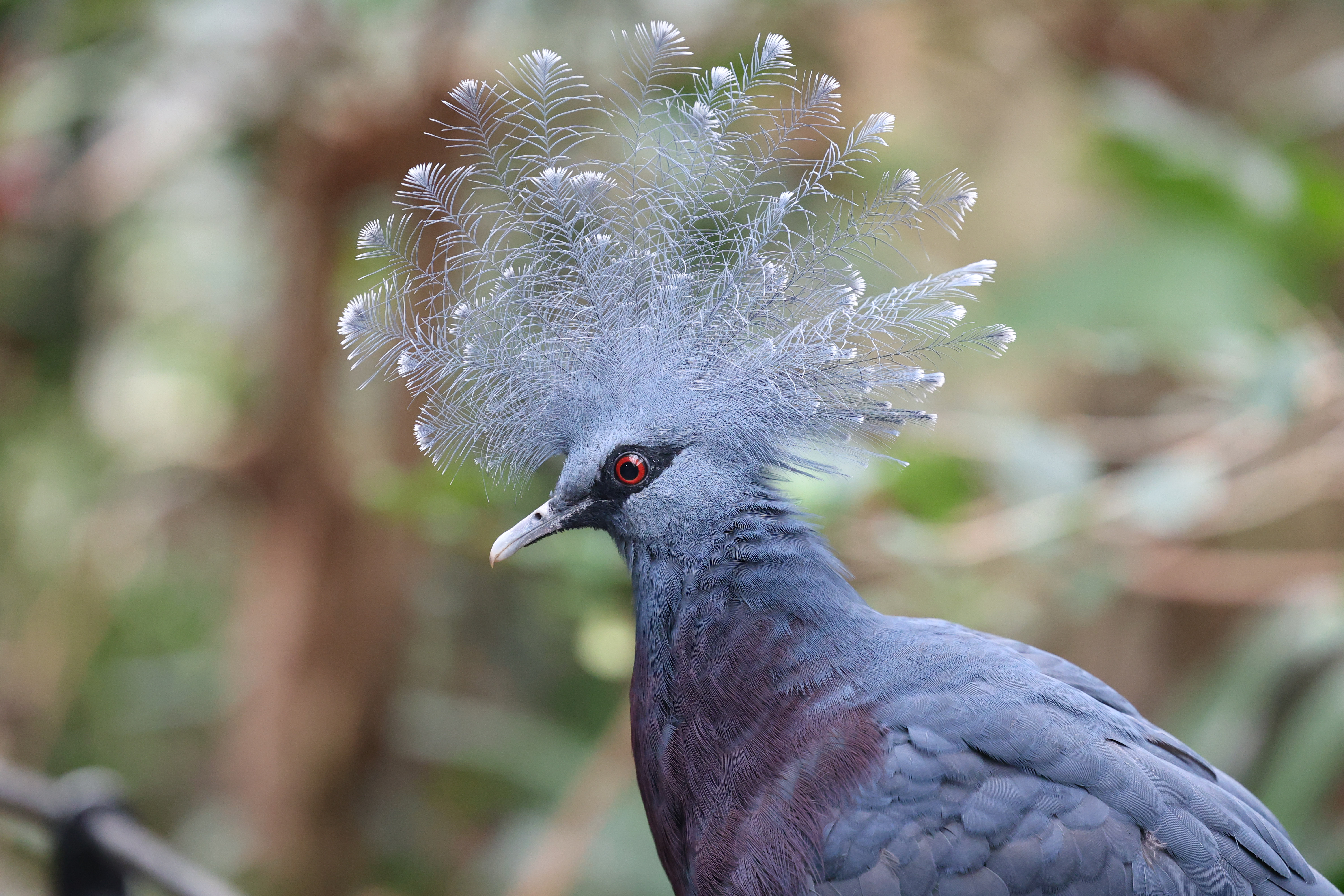
Best for video
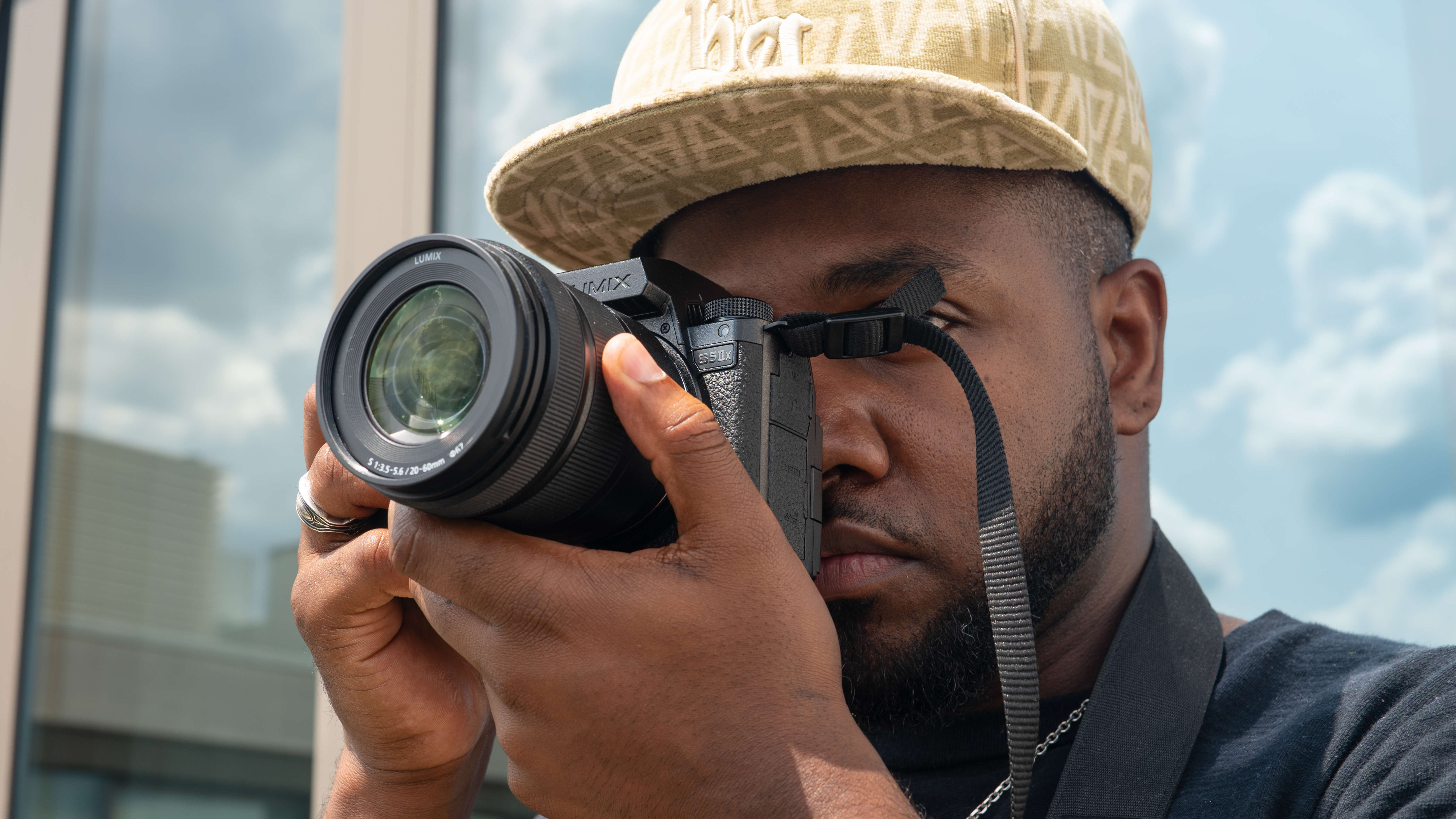
Specifications
Reasons to buy
Reasons to avoid
If I need to shoot balls-out, guns-blazing video, this is the camera I reach for. Technically the Lumic S1R II offers slightly better specs, but unless you really need 8K and internal ProRes 5.8K RAW HQ, the S5 IIX is the best camera for video short of spending the big bucks on a dedicated cinema camera.
The phase detect autofocus system isn't as sophisticated as the other brands', but it's still very very good. But the real highlights here are the 6K 30p video, with the ability to shoot open gate to absolutely liberate your workflow – especially if you're a creator shooting who delivers in multiple formats.
You also get 4:2:2 10-bit All-I, Apple ProRes and ProRes RAW with output to SSD and Atomos recorders, 4K 60p streaming over LAN (with FullHD 60p over WiFi), 120p shooting in Slow & Quick mode, 6.5 stops of in-body image stabilization, weather sealing… and it's even a decent stills camera, with the option of 96MP photos via the high res pixel shift mode.
Read our full Panasonic Lumix S5 IIX review
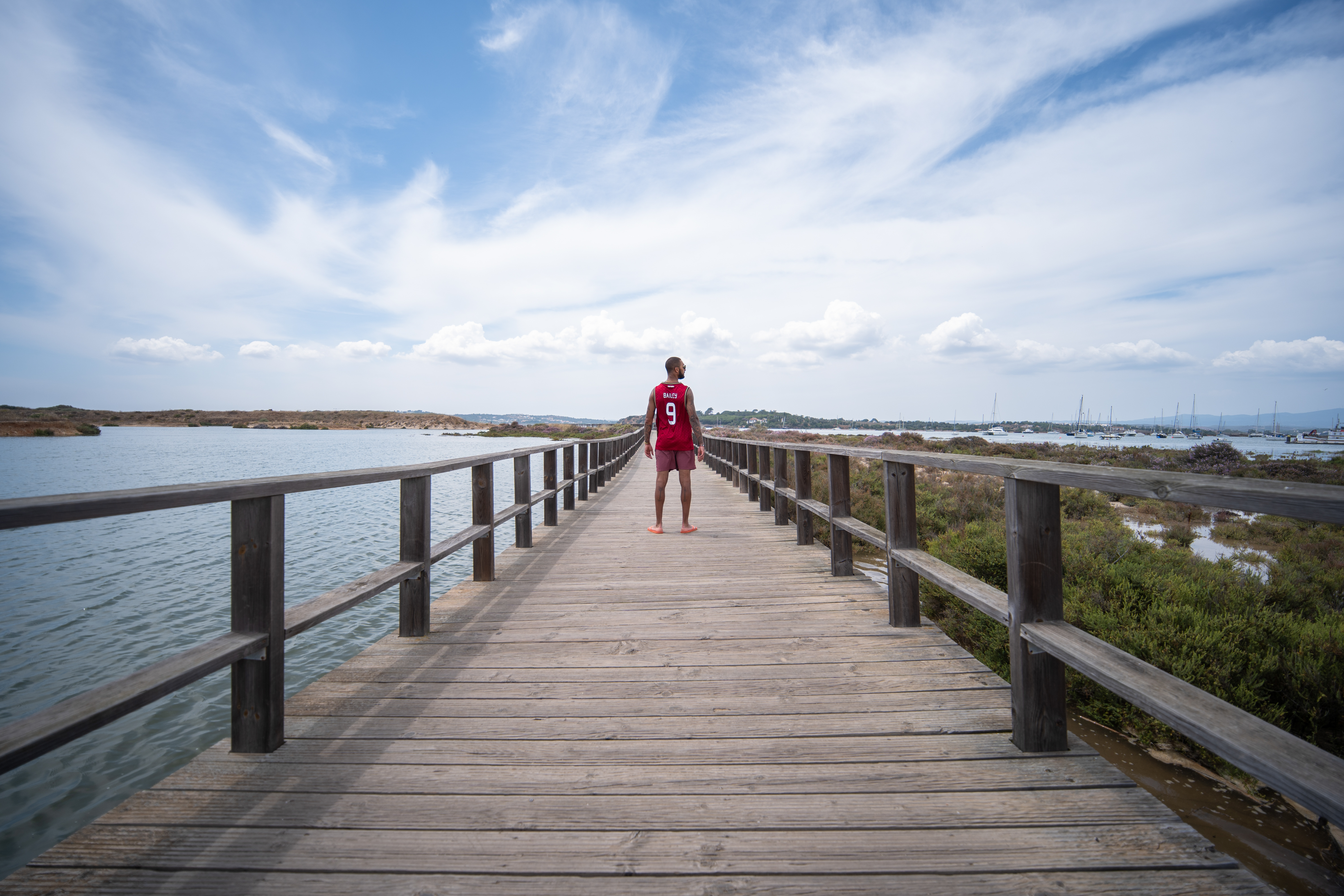
Best for resolution
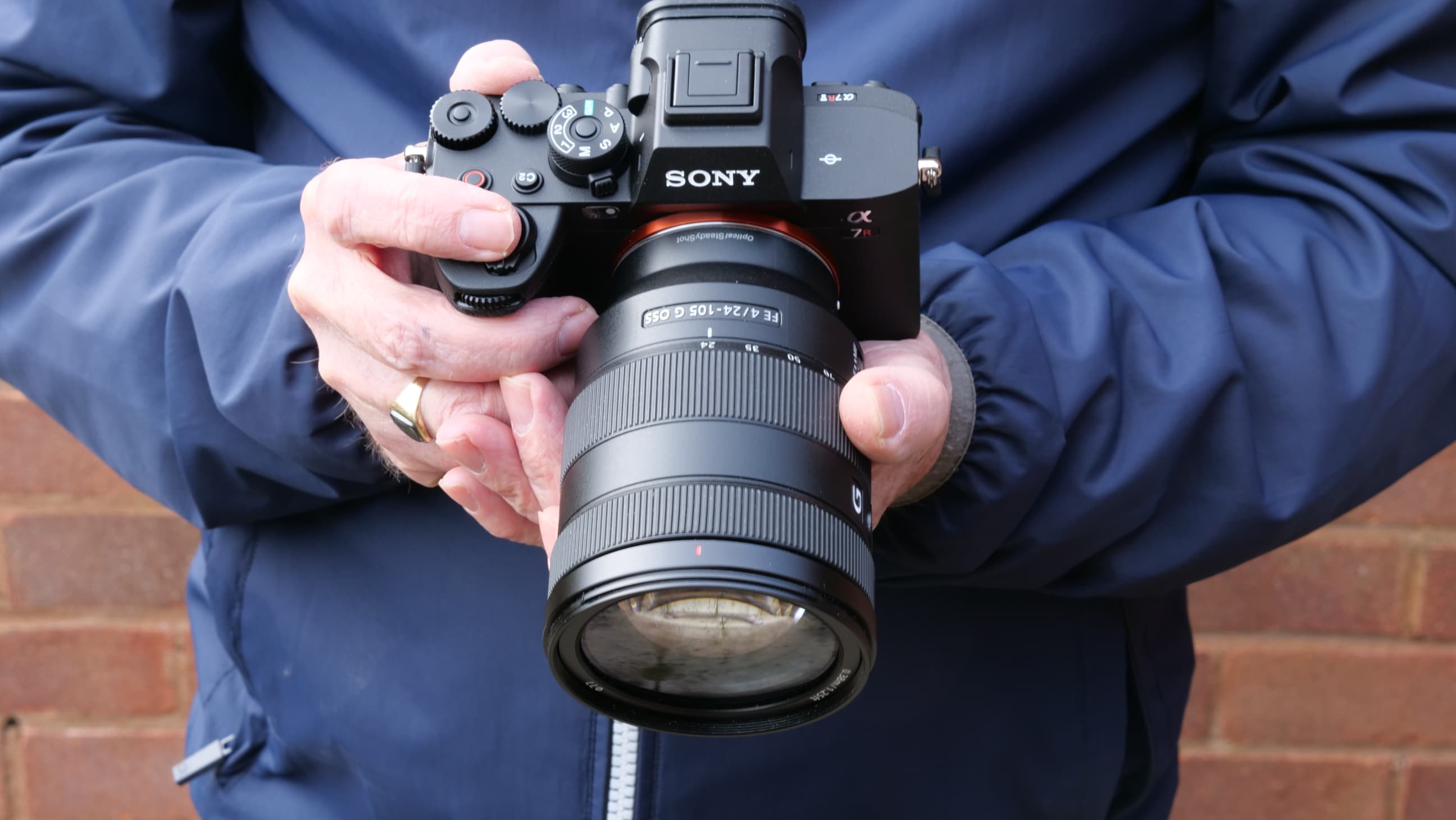
Specifications
Reasons to buy
Reasons to avoid
If native resolution is what matters most to you, look no further than the Sony A7R V. Full frame image sensors max out at the 61MP mark, but while a few other brands offer the same resolution (such as the Sigma fp L and Leica SL3) it's Sony that does more with its pixels. The fixed lens Leica Q3, for example, uses that resolution to crop down, offering artificial focal lengths.
But since the A7R V is about maximizing resolution, it offers the option to shoot 240MP images via the magic of pixel shift technology, which literally shifts the sensor to create an artificially larger image area. (It should be noted that there are limitations to this technology, and that the Canon EOS R5 offers 400MP pixel shift shooting.)
On the surface, the A7R V looks very similar to the A7R IV – but there are important differences. The V has a newer processor that's eight times faster, for example, which makes a huge difference when it comes to continuous shooting. Both cameras can shoot at 10fps, but the IV can only buffer 68 RAW while the V maxes out at 583. The V also has a more advanced AF system, with a dedicated AI autofocus processor. And the IV is limited to 4K video while the V offers 8K 24p.
For the best high-resolution performance in stills and video, the A7R V can't be beat.
Read our full Sony A7R V review
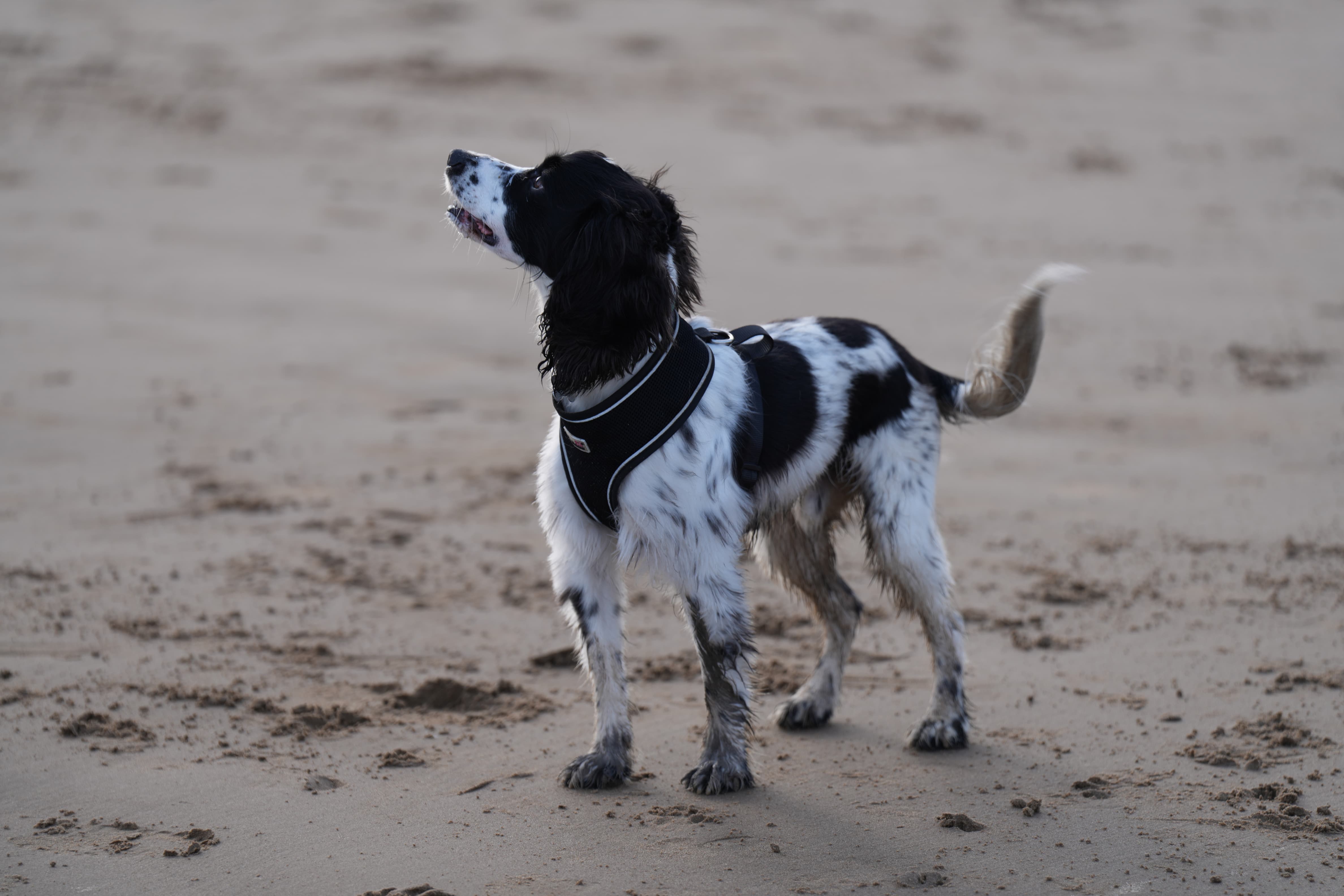
Best for professionals
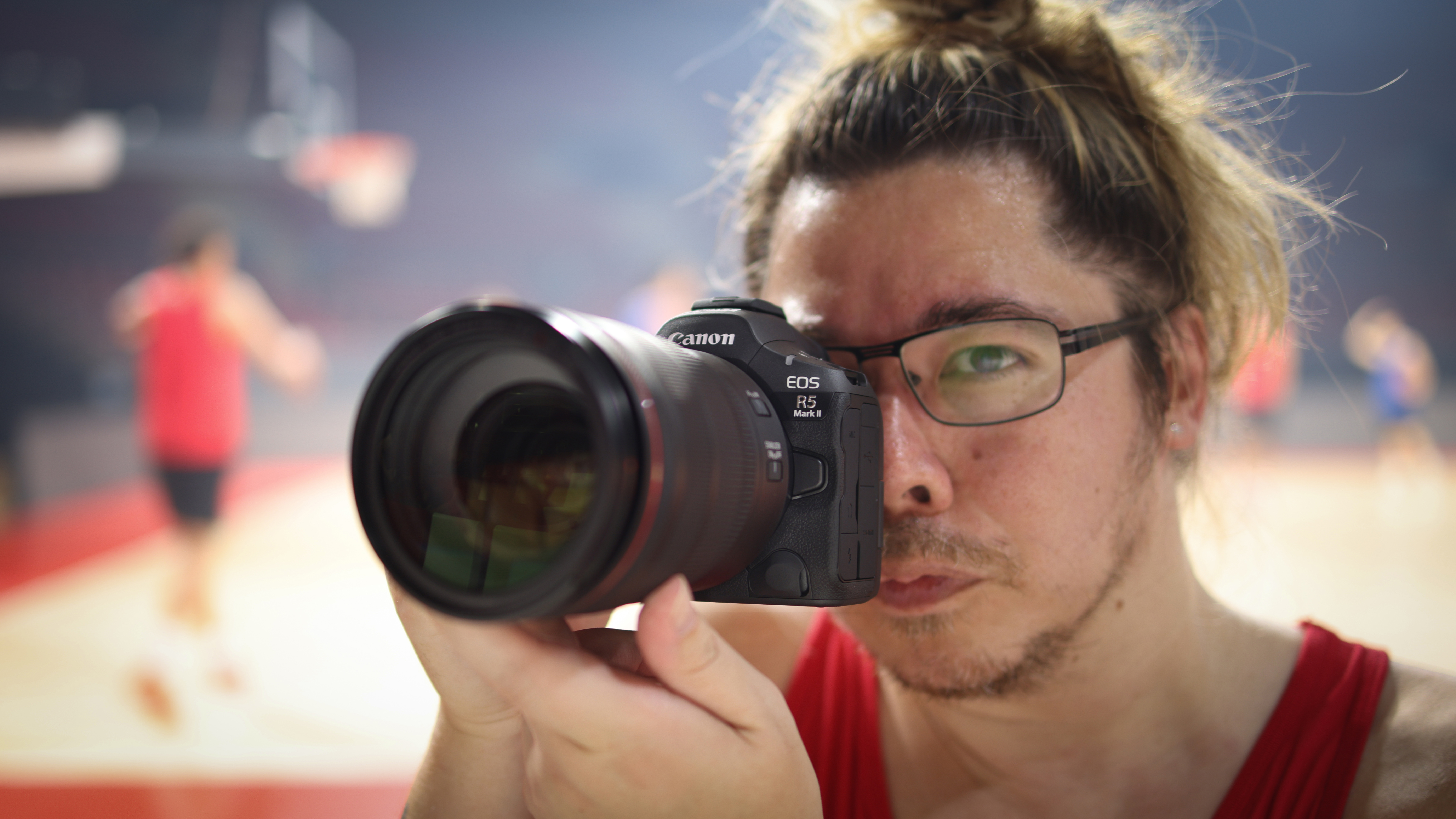
Specifications
Reasons to buy
Reasons to avoid
The original R5 has been my pro tool since it launched in 2020, and it's still ludicrously powerful all these years later. However, the Mark II eclipses it in every possible way.
I really don't know where to begin – you're best to check my review to see everything that this camera offers. For starters, its 45MP sensor is now back side-illuminated and stacked – meaning the files are cleaner, and it's a whole lot faster. Fast enough for 30fps burst shooting, which makes mincemeat of sports and wildlife photography. Fast enough to radically reduce rolling shutter on its video, which now tops out at 8K 60p.
The autofocus is Canon's very latest tech, Dual Pixel Intelligent AF, with a dedicated processor and all manner of AI tricks – making it the best AF system I've ever used. It can predict player movements in specific sports, for example, and you can program it to recognize specific faces and always prioritize them when multiple people are in shot.
There's more AI power in the form of Neural network Image Processing, which enables the camera to upscale your 45MP photos to 190MP shots in-camera and with no loss of quality. Or alternatively, you can crop into your images and then upscale them to make sure you don't lose any quality. You can also denoise your images by two stops, to make high (or even moderate) ISO images as clean as possible.
This camera absolutely blows me away, and I haven't even scratched the surface of what it can do. There's nothing it can't shoot, and if you're a pro you can take this on any job and know you'll get the shot.
Read my Canon EOS R5 Mark II review
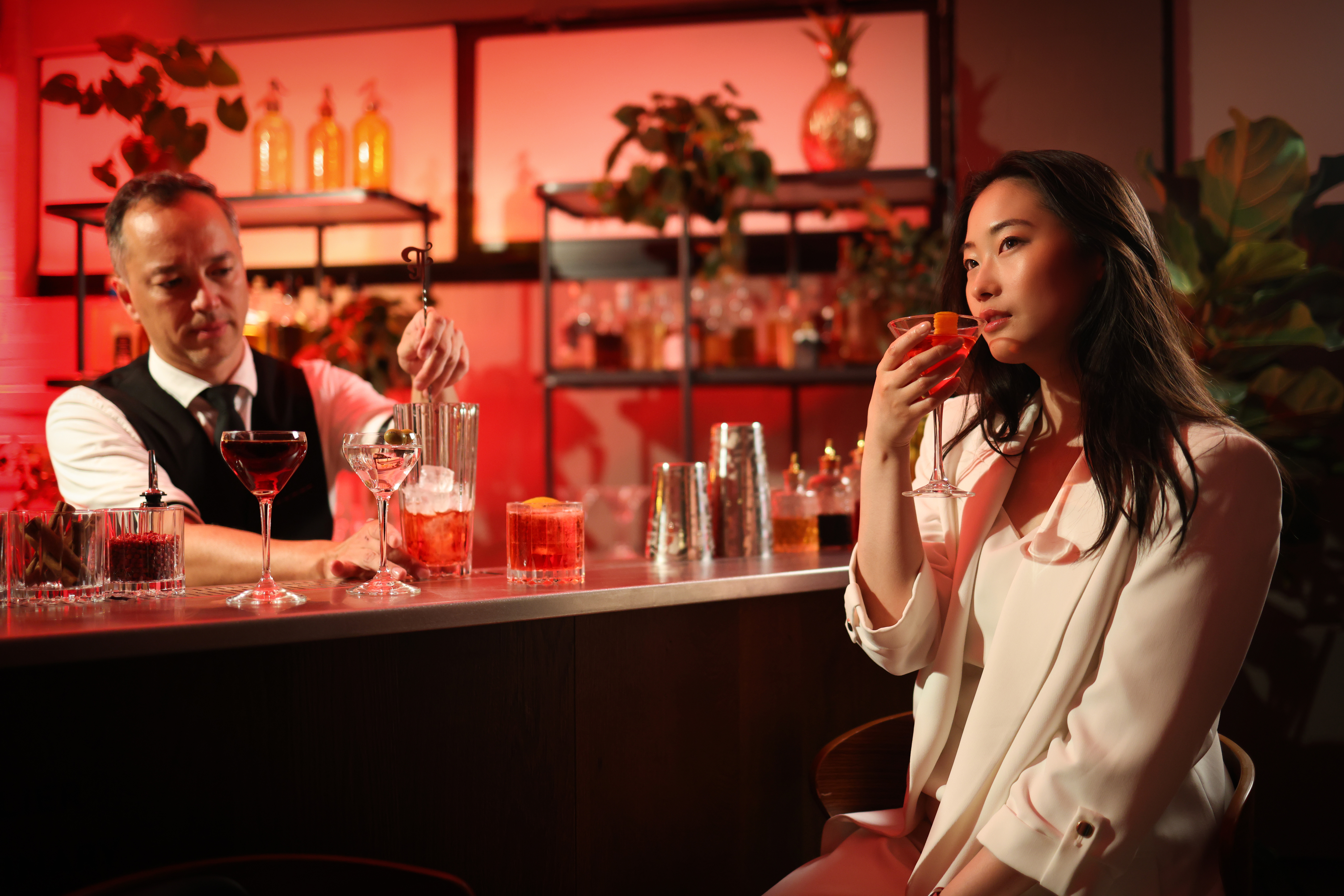
How to choose the best full frame cameras
When you're shopping for the best full-frame camera, there are three key things to think about:
• What system do you want to buy into?
• What is your photographic specialty is
• How much do you want to spend?
Choosing the right system is important because you want it to last, and you'll also be investing in lenses and other accessories that could outlast your camera body.
Canon and Nikon make both DSLRs and mirrorless cameras, but while DSLRs are popular and capable cameras, it's mirrorless cameras that have taken the lead – and while you can use DSLR lenses on mirrorless cameras with adaptors, it's not an ideal long-term solution. Pentax ONLY makes DSLRs right now, so that's one less decision for Pentax fans.
So then it's all about brands. Canon, Nikon, Sony, and Panasonic all make full-frame mirrorless cameras. Each one has its own lens mount and its own lenses, though third-party makers like Sigma, Tamron, Samyang, and Laowa make lenses in many different mounts.
The other decision is what you want your camera for. There are some great all-rounders that can do a bit of everything, but if you have a particular specialty you need a camera designed for the job. See our guides to the best cameras for sports and the highest resolution cameras, for example.
So this brings us to the third factor: how much you want to spend. With this in mind, we start out with more affordable options for enthusiasts and work up to the more advanced and more expensive dream cameras that we secretly all want. If price is your biggest decider, you might also want to check out our guide to the cheapest full frame cameras right now.
How we test cameras
We test DSLR and mirrorless cameras both in real-world shooting scenarios and in carefully controlled lab conditions. Our lab tests measure resolution, dynamic range and signal to noise ratio. Resolution is measured using ISO resolution charts, dynamic range is measured using DxO Analyzer test equipment and DxO Analyzer is also used for noise analysis across the camera's ISO range. We use both real-world testing and lab results to inform our comments in buying guides.
FAQs
What is considered a full frame camera?
There's only one criterion that a camera needs to fulfil in order to be called a full-frame camera – it needs to have a full-frame sensor. This is a specific sensor format measuring 36mm x 24mm. This is roughly the same dimensions as a single frame of 35mm film, which is where the name full-frame comes from, and is also why you sometimes see full-frame referred to as '35mm equivalent' or similar.
Should a beginner get a full-frame camera?
There's no reason a beginner photographer couldn't use a full-frame camera – however, it may not be the best option. Getting the full benefit from the larger sensor and (usually) greater resolution requires a robust understanding of exposure, and at first you may not see much of a difference from the results you get from full-frame compared to a camera with a smaller sensor.
There's also the fact that full-frame cameras tend to be more expensive, and tend to have controls and menus that are set up with the assumption that you have a reasonable knowledge of what you're doing. Beginner cameras like Canon's EOS R100 come with helpful guide modes to ease in new users, and it's rare you'll find much like that on a full-frame camera.
With that said, if you do want to dive straight into full-frame, there are options. Nikon's Z5 is a budget-friendly option that would be a good in-road to full-frame, as is Canon's EOS R8.
Read more:
Best professional cameras
Best full frame DSLRs
Best full frame mirrorless cameras
Cheapest full frame cameras
Best enthusiast cameras
Get the Digital Camera World Newsletter
The best camera deals, reviews, product advice, and unmissable photography news, direct to your inbox!

James has 22 years experience as a journalist, serving as editor of Digital Camera World for 6 of them. He started working in the photography industry in 2014, product testing and shooting ad campaigns for Olympus, as well as clients like Aston Martin Racing, Elinchrom and L'Oréal. An Olympus / OM System, Canon and Hasselblad shooter, he has a wealth of knowledge on cameras of all makes – and he loves instant cameras, too.
